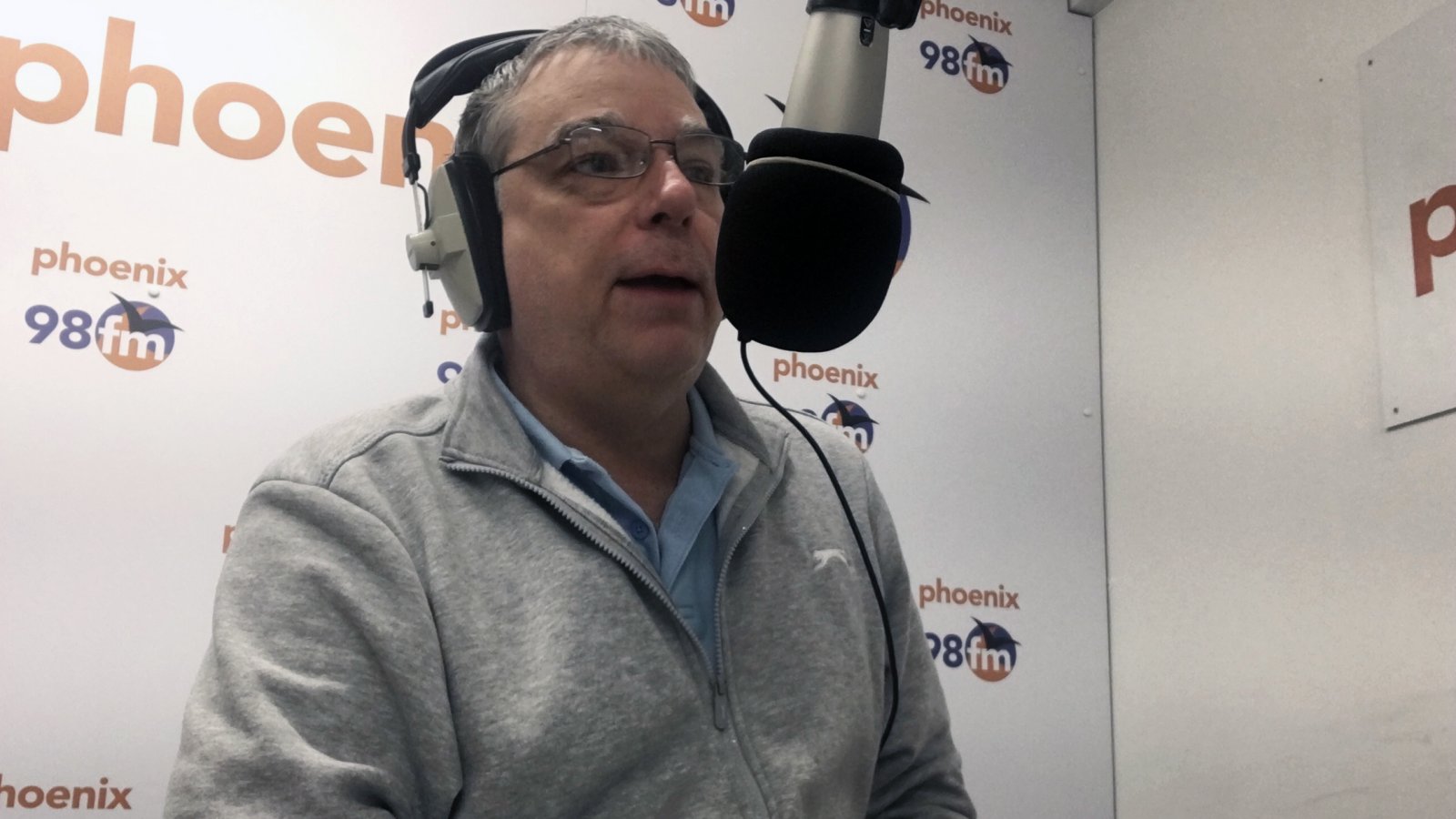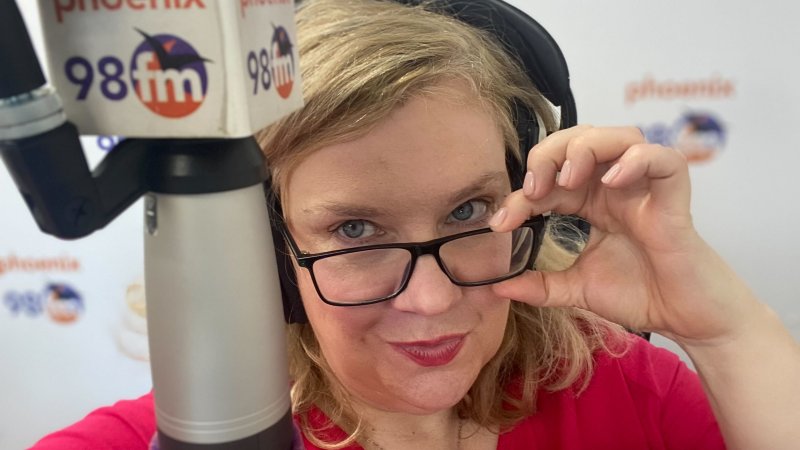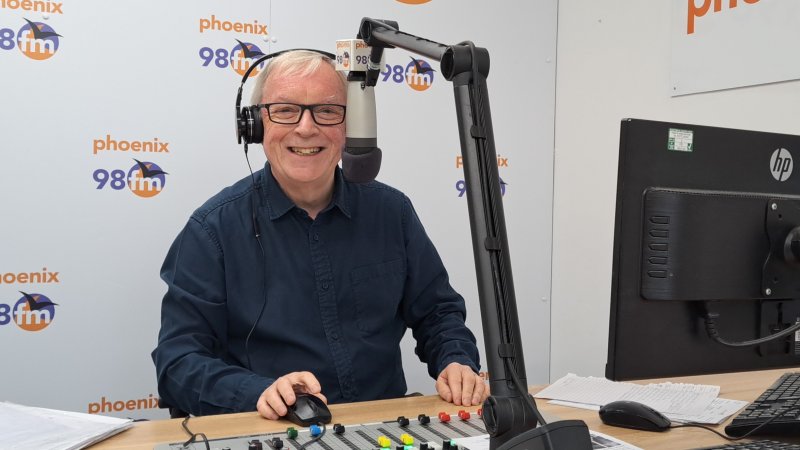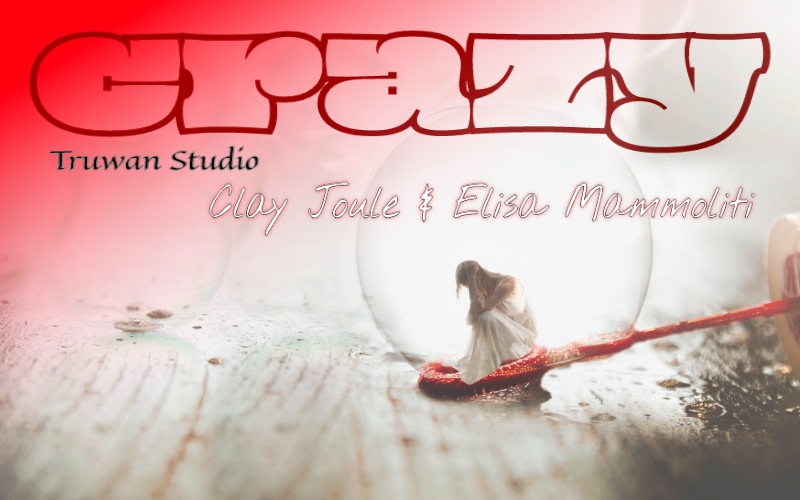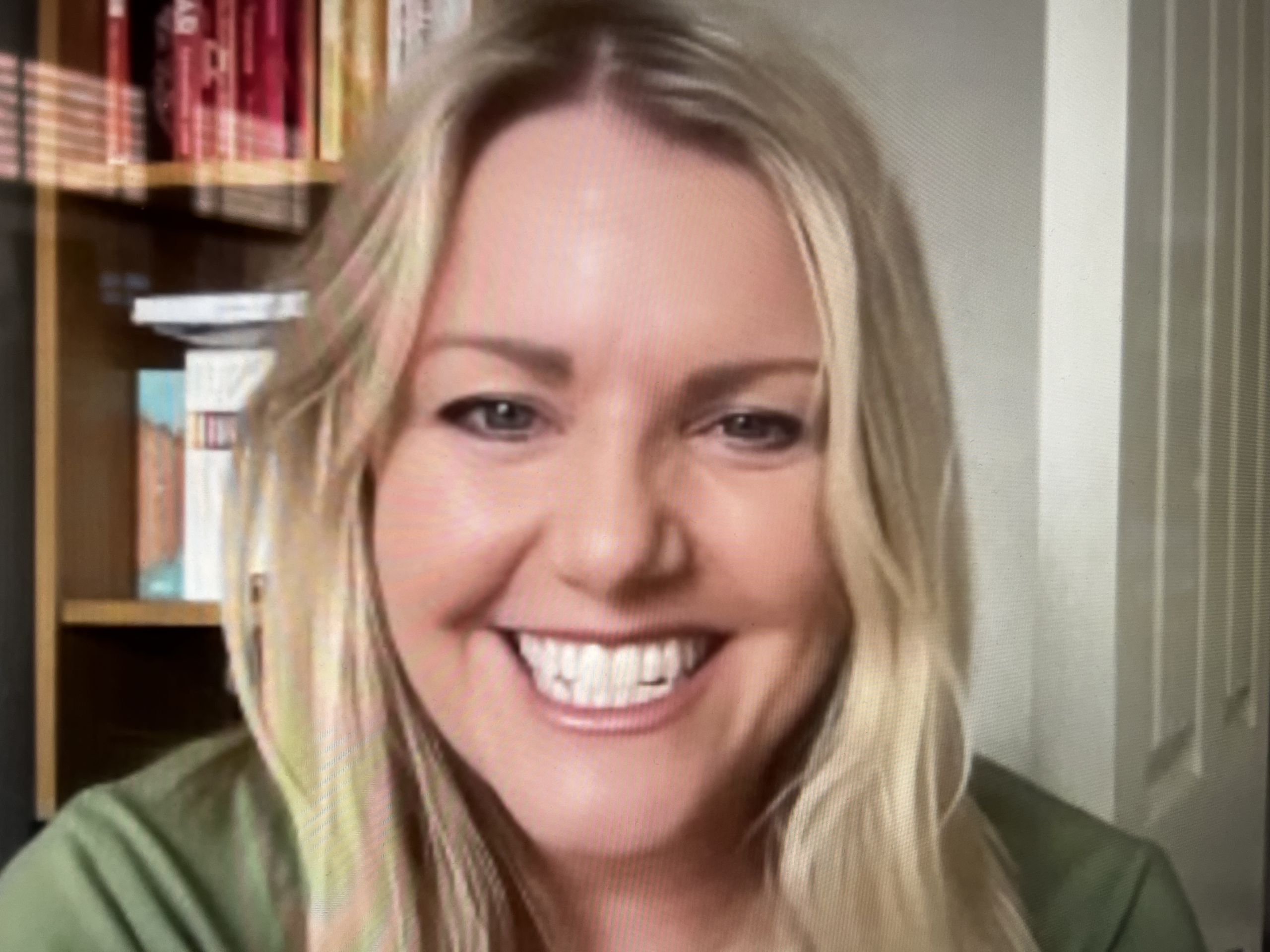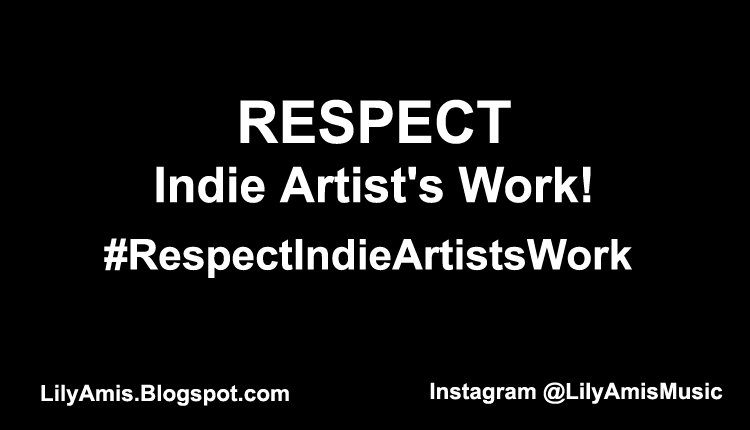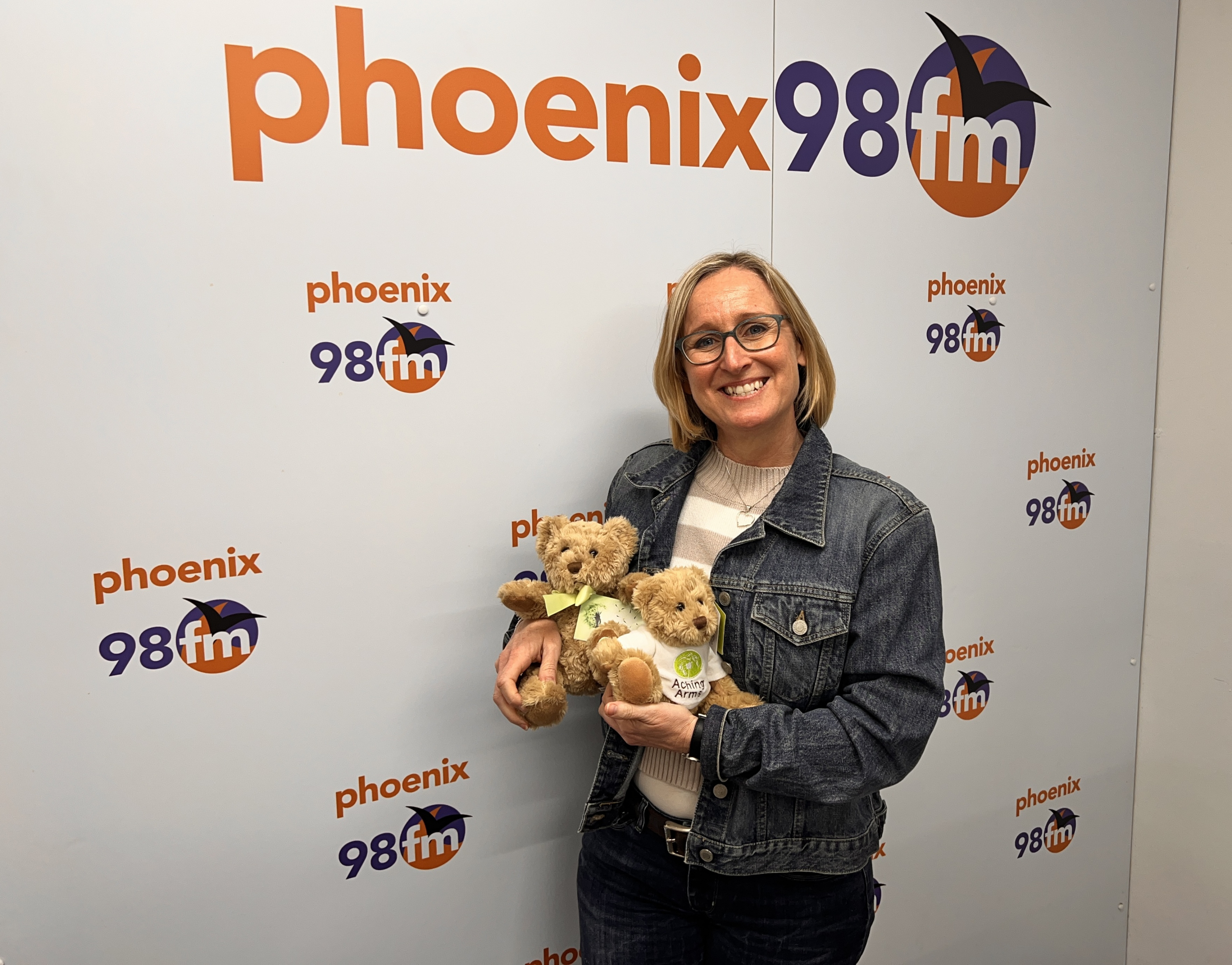Many people dream of publishing their book and sharing it with the world. If you’re one of them, then this article is for you! Here are some helpful tips if you’re currently working on a children’s book, such as formatting, word count, and many more important tips.

Book Components
When writing your book, you’ll need to consider some things first. Depending on what age group the book is, different components should be included in the book. Although this depends on you and what you choose to include in your children’s book, think of your audience before starting the process of publishing it. For a preschool book, you’ll be writing a basic story that should interest young children and that has some illustrations. For this, not every writer is also an artist, so Children’s book illustrators are a great option when creating a book for this age group. For example, if your story takes place in a jungle or forest, there should be animals included in the story. Also, remember to add short sentences because they can be a little challenging for kids to read. Older children’s books are typically a bit longer and more detailed than preschool ones. While illustrators are still recommended, the writer is also in charge of adding more artwork to the book such as maps, diagrams, and photos.
Book Formatting
Now when you’re thinking about formatting your children’s book, think of the medium it will be published in. For example, if you are publishing a paperback, create all the illustrations in black-and-white because it is most cost-effective. However, if your target audience is an e-reader reader, colorful illustrations would better suit them and give them a better experience while reading. Also, don’t forget to keep in mind that some people might read your book on their phone or tablet! Be sure to not make any text too small otherwise it won’t be legible for this group of people. Children’s books come in many formats, but the most common is a paperback book. For example, Dr. Seuss’ books are published as paperbacks and so are Curious George and other popular children’s stories. Paperback books can be read by adults as well as kids because they’re easy to handle and the pages turn easily. They also take up less space on your shelves than hardcover or library editions of the same storybook would. If you’re writing a children’s storybook for publication, it will probably be published as a paperback book first before being put out in any other format like an audiobook or e-reader edition of it.
Word Count
When writing your children’s book, remember what type of age group it is written for before settling on a word count. It is important to keep your target age group in mind when deciding on an appropriate word count. A preschool book should be around 100-300 words so young children can read it more easily. On the other hand, some experts say that books for children aged 3 to 5 should only have 200 words per page so they are not overwhelming for them to read. For older kids’ books, you can set a bigger word count depending on your target age group but it shouldn’t exceed 1,000 words per page.
Topics For Children’s Books
When making your children’s book, decide what type of story you are going to write about. Are you writing a basic story with illustrations? A detailed story with words and pictures? Decide on this before starting the process of writing it. This will help save time because if your topic is decided then you can start creating the characters, setting, etc. for this specific subject. While thinking about topics, don’t forget that these stories should interest young children so think of things they would be interested in! You could add little rhymes, sounds, or even music to these pages to make them more interesting for young children. Also, remember to always include good morals in your books so they have something positive to learn from them whenever they read them.
E-Books vs Physical Books
When publishing a children’s book, you have to think about the different types of books that are available. For example, there is a physical book that people can hold in their hands and flip through the pages. Then there are e-books which people can read on devices like phones and tablets. Both of these types of books have benefits and drawbacks for writers and publishers. Physical books are more expensive to produce because they need to be physically made (printed, bound, etc.), but they often have a longer life and can be sold at a higher price. On the other hand, e-books are cheaper and faster to produce, but they can easily be pirated and once they’re out there it’s hard to take them back. So, when publishing a children’s book, think about what type of book it is and what the benefits and drawbacks are for that specific type.
Proofreading
Proofreading your children’s book is extremely important because you want to make sure it is error-free before publishing it. This process can be done by yourself or by someone else. If you choose to do it yourself, make sure to use a different font color (like blue) for editing to help you catch mistakes easier. It’s important to proofread a children’s book for many reasons. One of the most common mistakes that can be made is using “it” when you should have used “he or she.” This mistake may seem harmless, but it can change the meaning of your sentences. Take this sentence as an example: “The girl jumped over it.” The problem with this sentence is that if you read it aloud to someone else, they will think you are talking about something other than a girl! Proofreading also helps make sure words are spelled correctly and there are no typos in your text. Double-checking these things before publishing can help catch any errors before they become too serious.
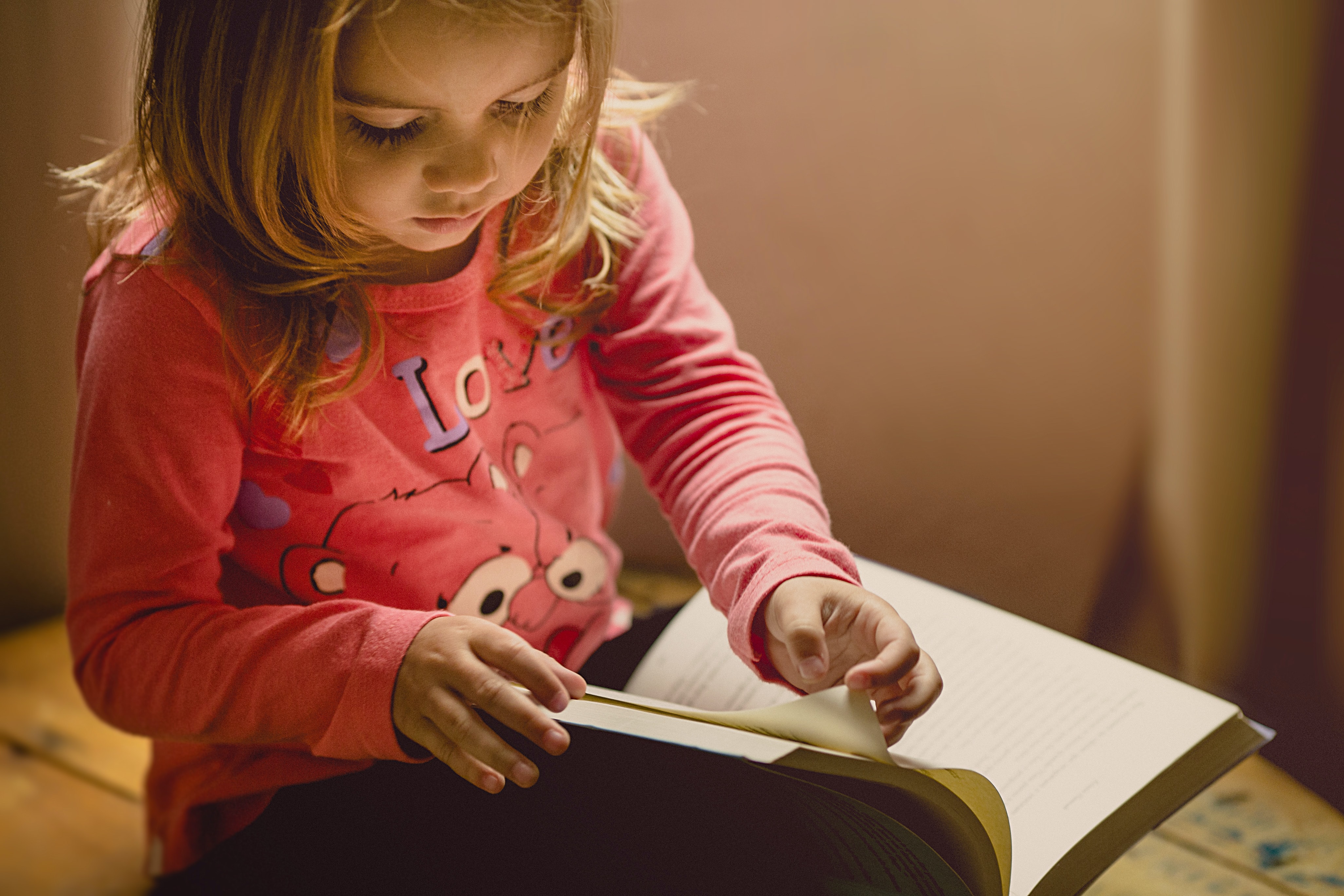
Once your children’s book is finished, you have to decide on how to publish it. There are many different routes you can take such as self-publishing, going through a small publisher, or even pitching your idea to a big publishing house. There are many routes you could take when publishing your children’s book such as via a traditional publisher or self-publishing through Amazon. Writing a children’s book is nothing impossible! Just do careful planning before beginning the process and you’ll be fine.





